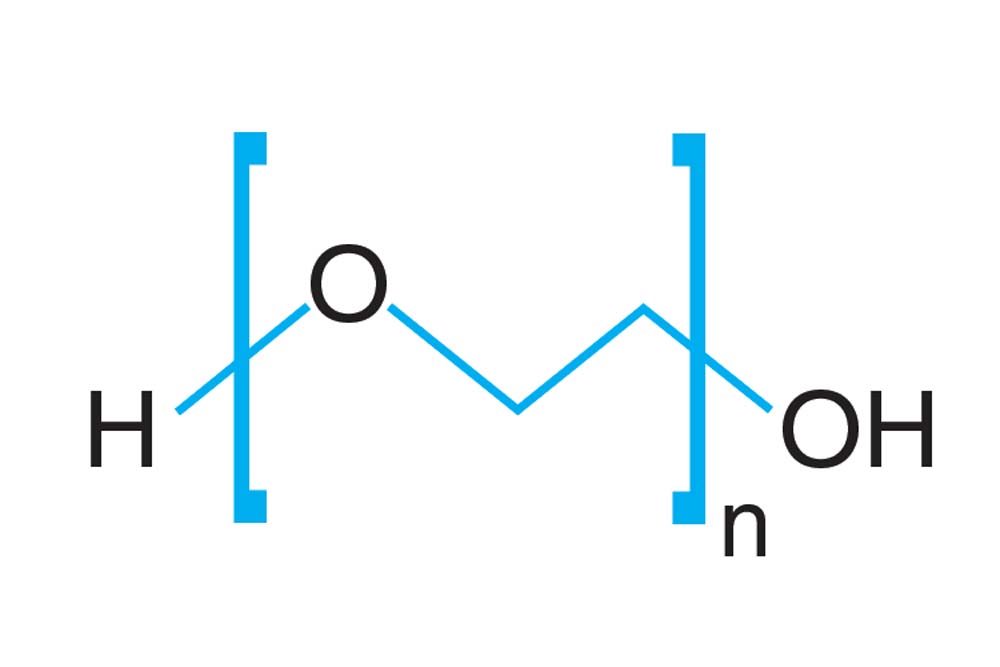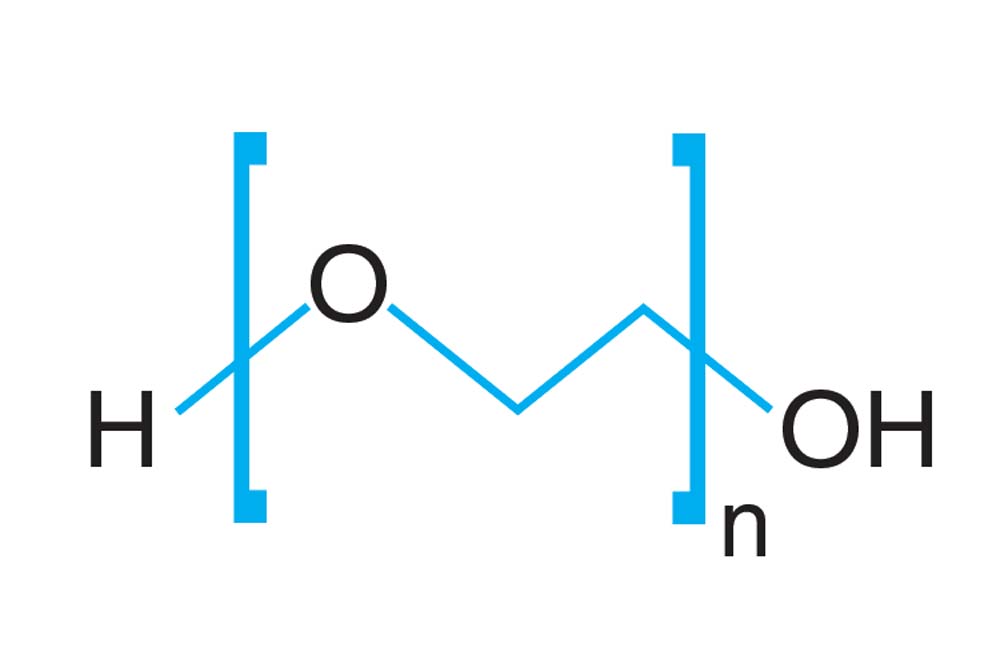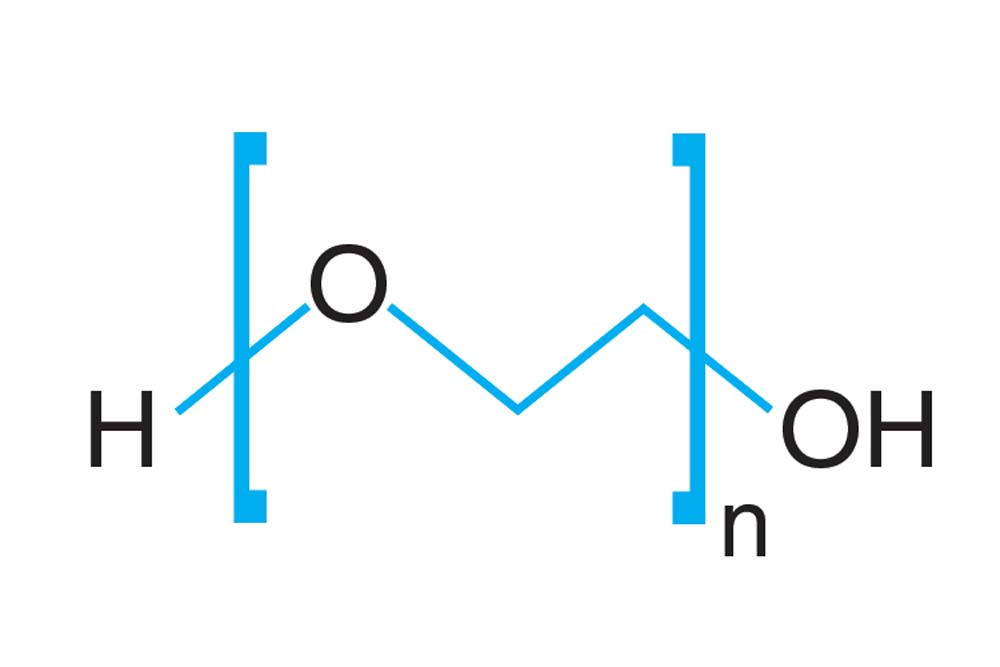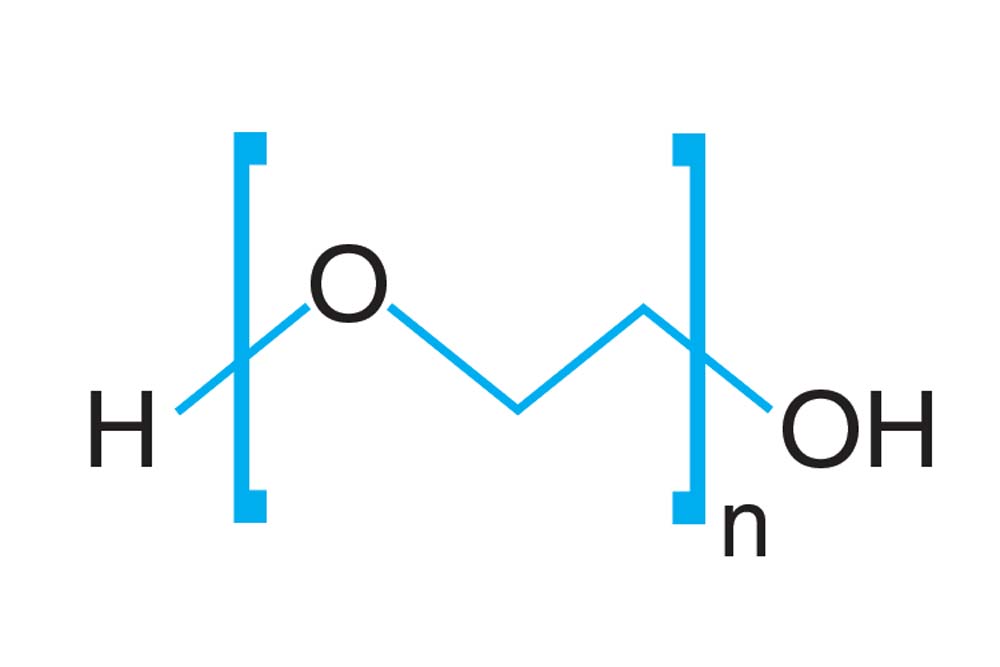Hampton Research蛋白结晶试剂盒






Products > Optimize Reagents > Optimize – Polymers > Polyethylene glycol 20,000
Polyethylene glycol 20,000
Applications
- Crystallization grade Polyethylene glycol 20,000 for formulating screens or for optimization
Features
- Sterile filtered solution
- Formulated in Type 1+ ultrapure water: 18.2 megaohm-cm resistivity at 25°C, < 5 ppb Total Organic Carbon, bacteria free (<1 Bacteria (CFU/ml)), pyrogen free (<0.03 Endotoxin (EU/ml)), RNase-free (< 0.01 ng/mL) and DNase-free (< 4 pg/µL)
Description
Polyethylene glycol 20,000
Synonyms: PEG 20,000
H(OCH2CH2)nOH
Mr ~ 16,000-24,000
CAS Number [25322-68-3]
EC Number 500-038-2
Merck 14,7568
RTECS TQ4110000
MDL Number MFCD00081839
PubChem Substance ID 24887748
Melting point (Starting material) 63.0-66.0°C
Aldehyde None detected
Peroxide None detected
Measured Conductivity Range: 42.1 – 76.9 µS/cm at 25°C
Measured Refractive Index Range: 1.37413 – 1.37495 at 20°C
HR2-609 is sterile filtered and purged with dry argon.

Click to Zoom In
CAT NO
HR2-609
NAME
DESCRIPTION
200 mL
PRICE
$109.00
cart quote
Support Material(s)
 HR2-609 Polyethylene glycol 20,000 SDS
HR2-609 Polyethylene glycol 20,000 SDS Certificate Of Analysis
References
1. Crystallization and preliminary crystallographic studies of an alpha-amylase inhibitor from wheat (Triticum aestivum). Oliva, G; Iulek, J; Ida, EI. Acta Crystallogr D 52, 1016- 1017, 1996.


Hampton Research, first in crystallization since 1991, developing and delivering crystallization and optimization screens, reagents, plates, and other tools for the crystallization of biological macromolecules, including proteins (antibody), peptides (insulin), and nucleic acids (DNA).
- Products
- Gallery
- My Account
|
|
|
- Contact Us
- Quick Order
- Support
|
- Privacy Policy
- Terms and Conditions
|
- Products
- Gallery
- My Account
- Support
- Contact Us
- Quick Order
- Privacy Policy
- Terms and Conditions
|
|
|
|
|
|
|
© 2022 HAMPTON RESEARCH CORP.
| Website by Skyhound Internet




